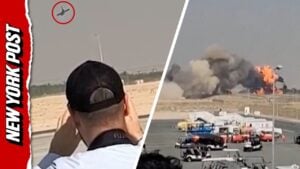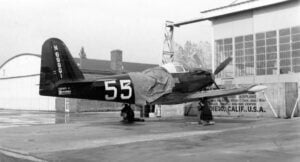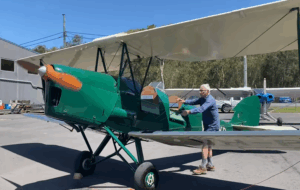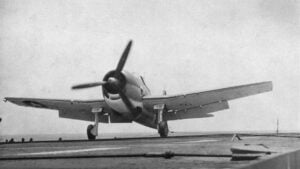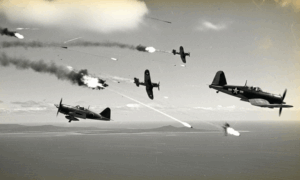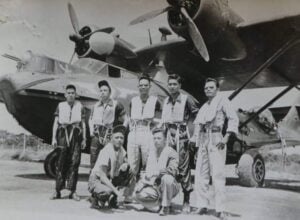5 Famous WWII Pilots Who Also Served During Korean Wars
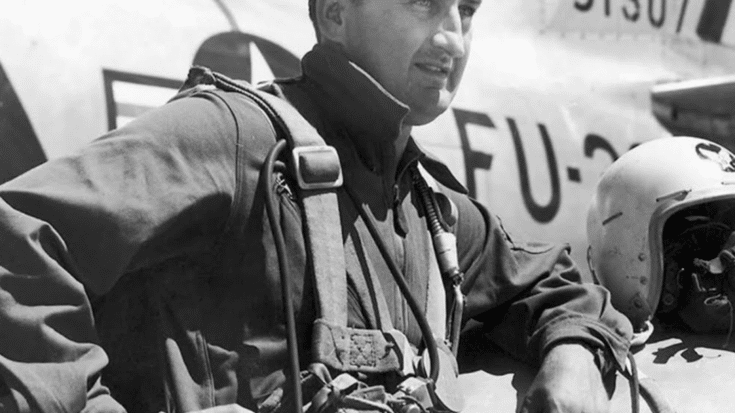
INILAH INFO / Facebook
Throughout the course of the twentieth century, two major wars defined the history of military aviation. Many brave pilots who fought during World War II continued to serve during the Korean War. Their skills, experience, and courage helped shape air combat in both conflicts. Below we look at five famous pilots who served in these wars, and we describe their contributions and achievements in clear, simple language. Their stories remind us of the challenges of air warfare and the high price paid by those who fought in the skies.
George Andrew Davis Jr.
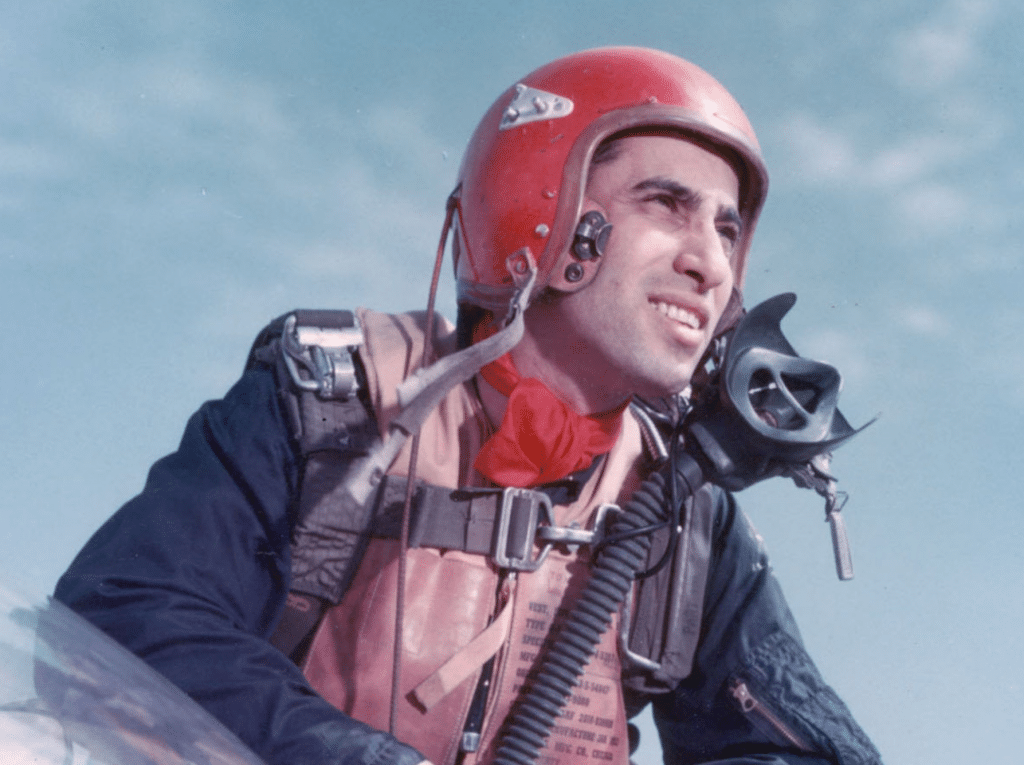
George Andrew Davis Jr. was a skilled pilot and gunner who earned the title of ace of aces in the Korean War. Born into a family that valued service and duty, Davis proved his ability during a time when air combat was changing with new technology and faster jet aircraft. He was known for his quick decisions and steady hand under pressure. During his time in the Korean War, he showed exceptional skill in both dogfights and in the use of his aircraft’s weaponry. His record as an ace earned him respect among his peers and made him one of the most celebrated pilots of his time. Tragically, his promising career was cut short when he was killed in action in February 1952. His sacrifice remains a significant part of the history of the Korean War and highlights the risks faced by fighter pilots.
John F. Bolt
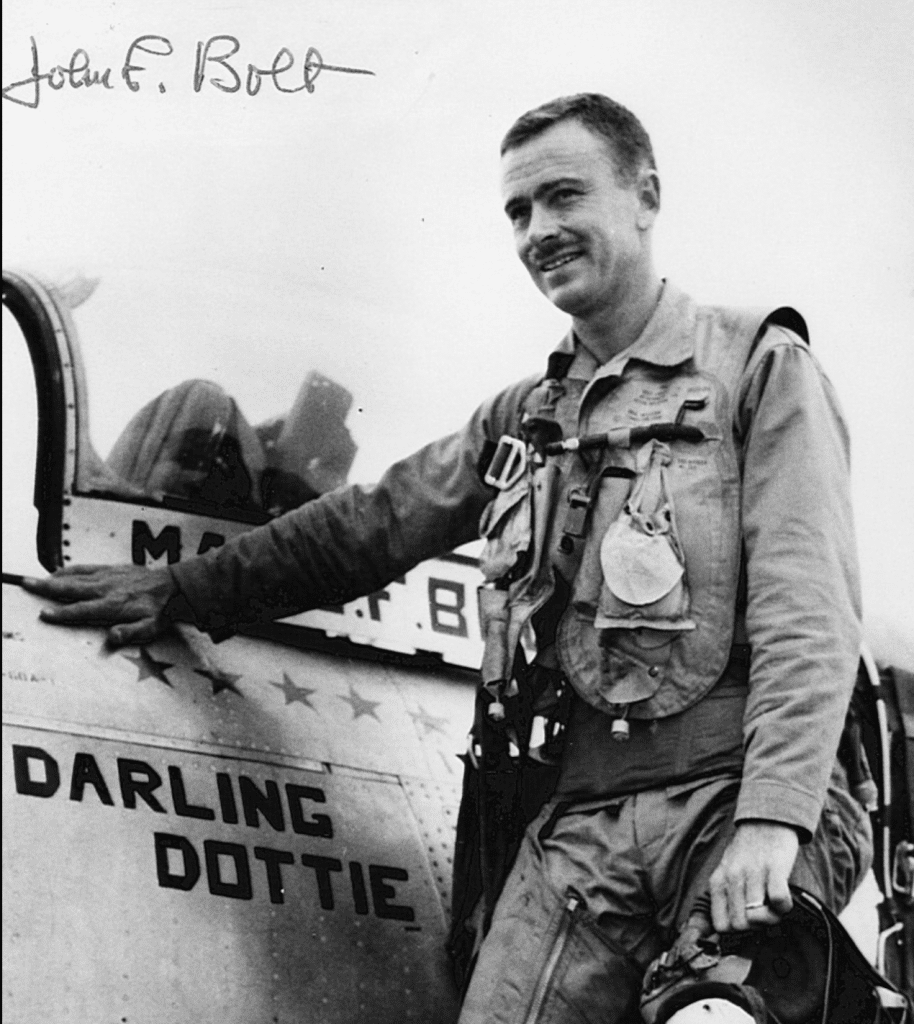
John F. Bolt holds a unique place in military aviation history as the only U.S. Marine Corps pilot to become an ace in both World War II and the Korean War. Bolt began his career during a time when propeller-driven aircraft dominated the skies. He learned the fundamentals of air combat during World War II, flying in dangerous conditions against well-trained enemy pilots. His experience in that conflict gave him a strong foundation in both flying and combat tactics. When the Korean War broke out, Bolt transitioned into flying faster jet aircraft. He managed to adapt his skills to the new type of warfare. His ability to succeed in two different eras of air combat shows his determination and adaptability. Bolt’s achievements demonstrate how training and experience can overcome the challenges of new technology and tactics in warfare.
James Jabara
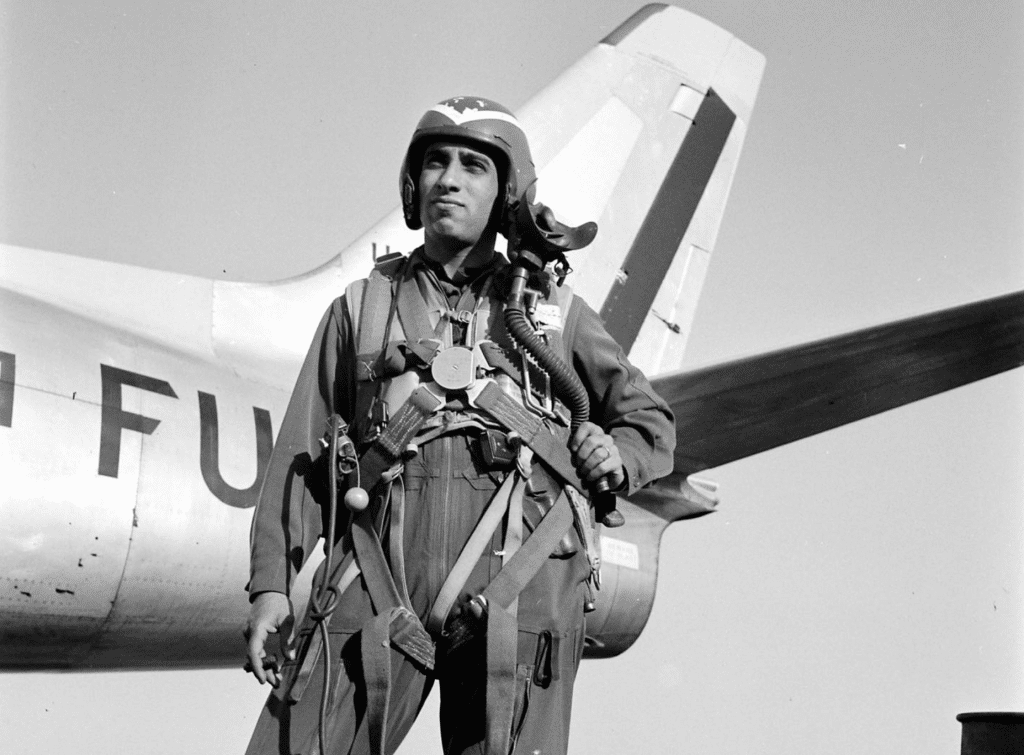
James Jabara was a first-generation American of Lebanese descent who made history during the Korean War. He became the second-highest-scoring UN ace in that conflict and was the first pilot to score an air-to-air kill against an enemy jet. Jabara’s career is marked by his keen eye for detail and his commitment to excellence in the air. His early life was marked by challenges, but he found strength in his heritage and his passion for flying. During the Korean War, his skill and determination allowed him to succeed in a new era of jet combat. Jabara’s record set a high standard for future pilots and brought honor to his family and country. His accomplishments in both World War II and the Korean War reflect the changing nature of air combat and the bravery required to face new challenges.
Francis Gabreski
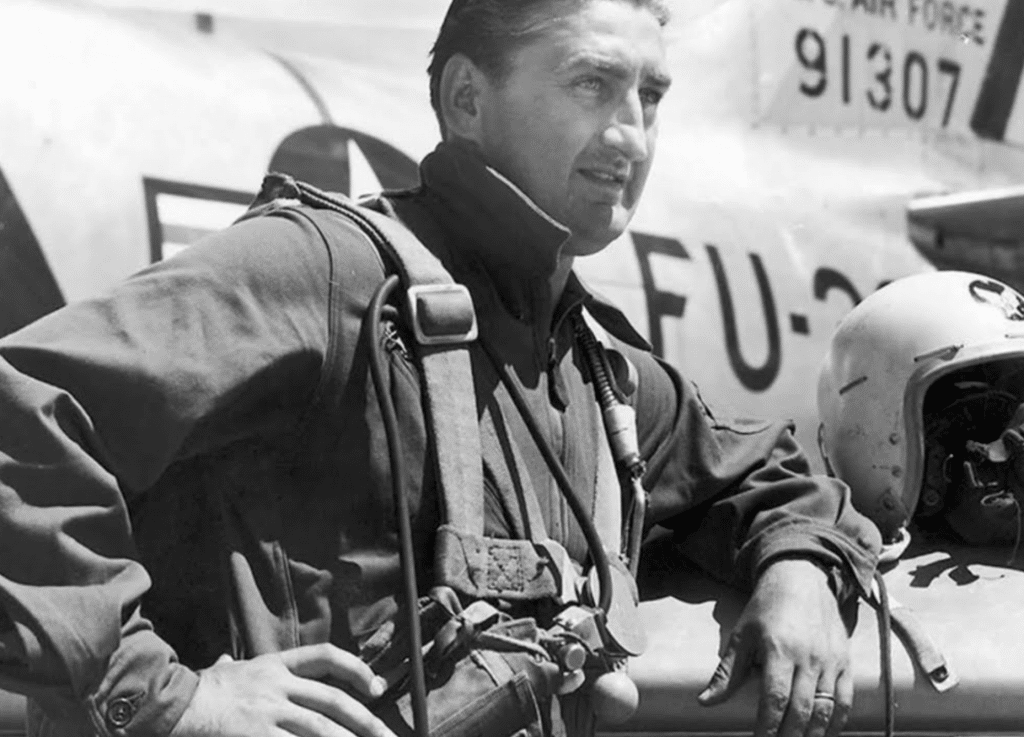
Francis Gabreski was a well-known USAF pilot who earned his reputation as an ace in both World War II and the Korean War. Gabreski began his military career during a time when the skies were filled with propeller planes. He quickly showed an aptitude for air combat and became a respected figure among his comrades. When the Korean War started, Gabreski returned to the skies, this time piloting powerful jet fighters. His experience from World War II helped him to adapt to the faster, more challenging environment of jet combat. Gabreski’s skill in identifying targets and executing precise attacks made him one of the most effective pilots of his time. His contributions helped to shape the tactics of the U.S. Air Force during a period of rapid technological change. His record in both wars stands as a clear example of dedication and expert flying.
Vermont Garrison
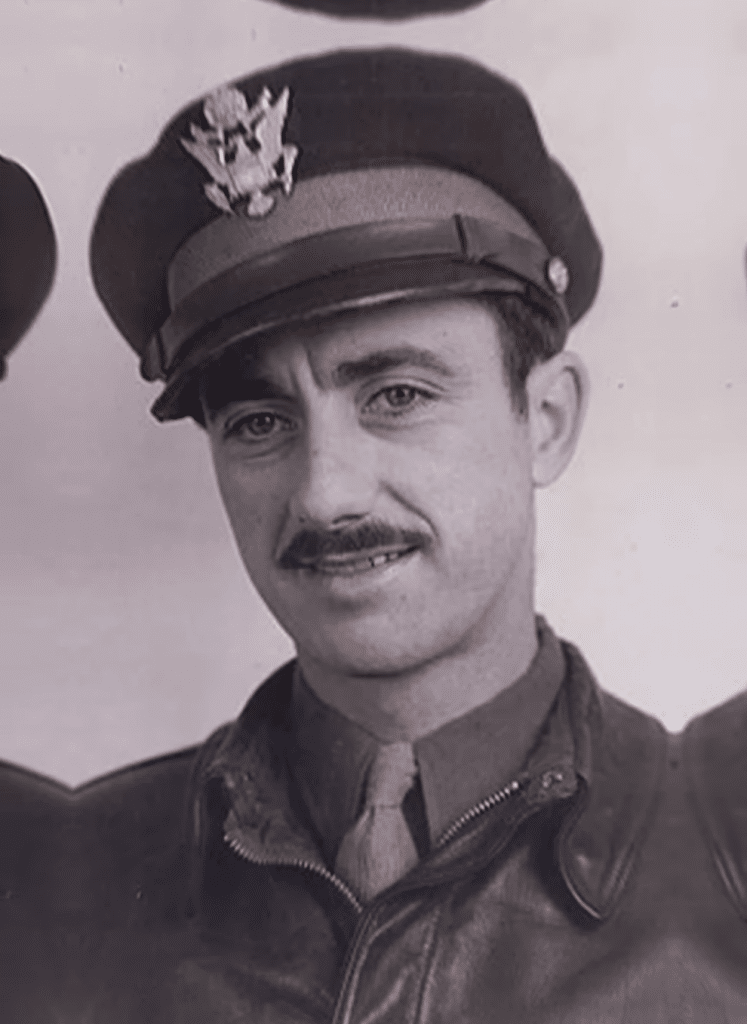
Vermont Garrison, another notable USAF pilot, also earned the title of ace during both World War II and the Korean War. Garrison started his service during World War II when air combat was evolving, and he quickly learned to handle the pressures of dogfights and long missions over enemy territory. His experiences during the war prepared him well for the challenges he would later face in Korea. In the Korean War, Garrison flew advanced jet aircraft and applied the skills he had developed in his earlier service. His leadership in the air and his ability to make quick decisions under stress contributed greatly to his success as a fighter pilot. Garrison was known for his calm demeanor during combat and his willingness to take calculated risks when needed. His performance in both wars highlighted the importance of experience and adaptability in the rapidly changing world of military aviation.














